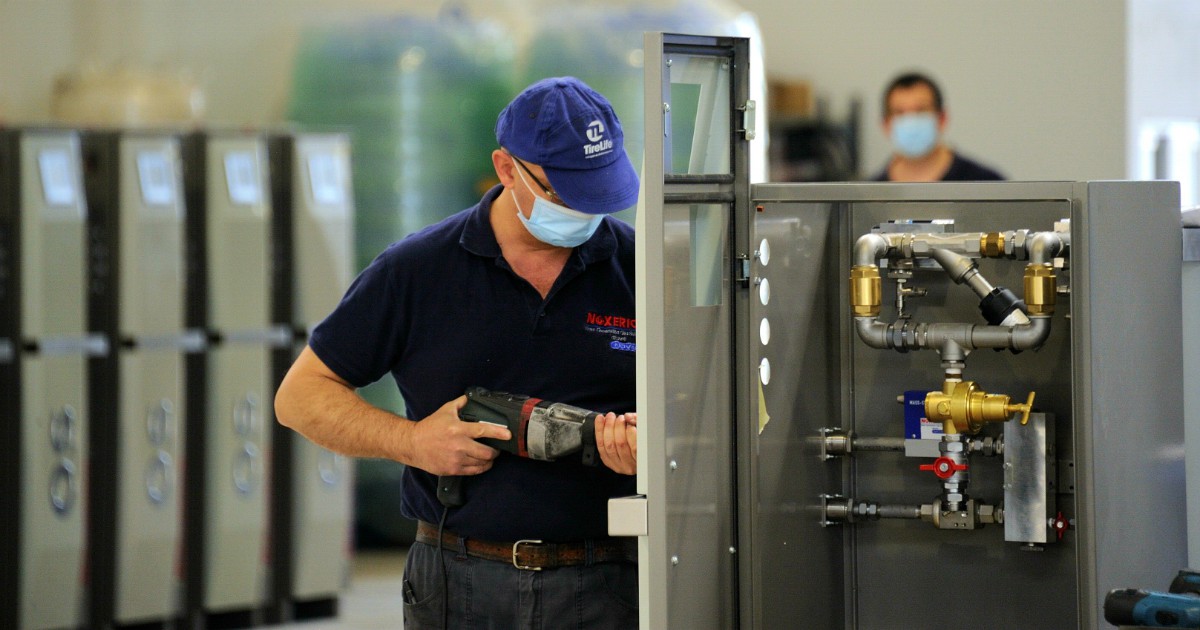

#Dato automotive drivers
Drivers may be provided with tailored entertainment and other services while on-route.ĭrivers may be able to automatically contact emergency services in the case of an accident. Drivers may be able to automatically pay for parking and tolls. Third party can provide ‘smart parking’ information. Service providers can provide information on services such as hotels and restaurants nearby. Vehicle service providers can ‘predict’ when your vehicle is likely to need maintenance or repair. Third party providers may use Automotive data to suggest optimum and safest routes so drivers can avoid traffic jams.
#Dato automotive driver
The opportunities for Automotive Data generated driver services are endless. Who uses Automotive Data and for what use cases? Today’s cars are increasingly connected, in that they can shares Automotive Data wirelessly between vehicles, road users, vehicle manufacturers and third party service providers. There are advantages to drivers’ in sharing their car data with third party service providers. This is covered by EU data protection legislation and must be on the basis of a contract with the customer, with the prior consent of a customer and comply with legal obligations. Vehicle owners have the right to decide with whom they share their any personal data and for what purposes. Only a small amount of vehicle data is of relevance to third party providers.Īutomotive Data doesn’t include data from vehicle users, (other than that freely given), such as mobile phone contact lists or selected destinations for travel, or any data from outside sources, such as other vehicles, other road users or roadside units.

Automotive Data that is collected might include vehicle data on: tyre pressure, vehicle speed, mileage, fuel consumption, oil level, engine status, battery charge status, steering angle, outside temperature of the vehicle. The type of data vehicles generate depends on the brand of vehicle and even within brands from model to model. Automotive Data can be used to improve driving experiences, to increase comfort for the driver, to optimize products and services, and contribute towards goals such as improving road safety and reducing fuel consumption. Automotive Data is opening up new opportunities for entrepreneurs and companies, allowing service providers to provide new services or to improve existing services. Connected vehicles allows sharing of some of this car data with third parties from existing and emerging markets. Connected cars provide insight into driver behaviour and vehicle health. But certain types of vehicle data can be utilized to provide services. Most of this vehicle data is of a technical nature and exists only temporarily and is only useful locally within your car. Motor vehicles contain a wealth of information.


 0 kommentar(er)
0 kommentar(er)
